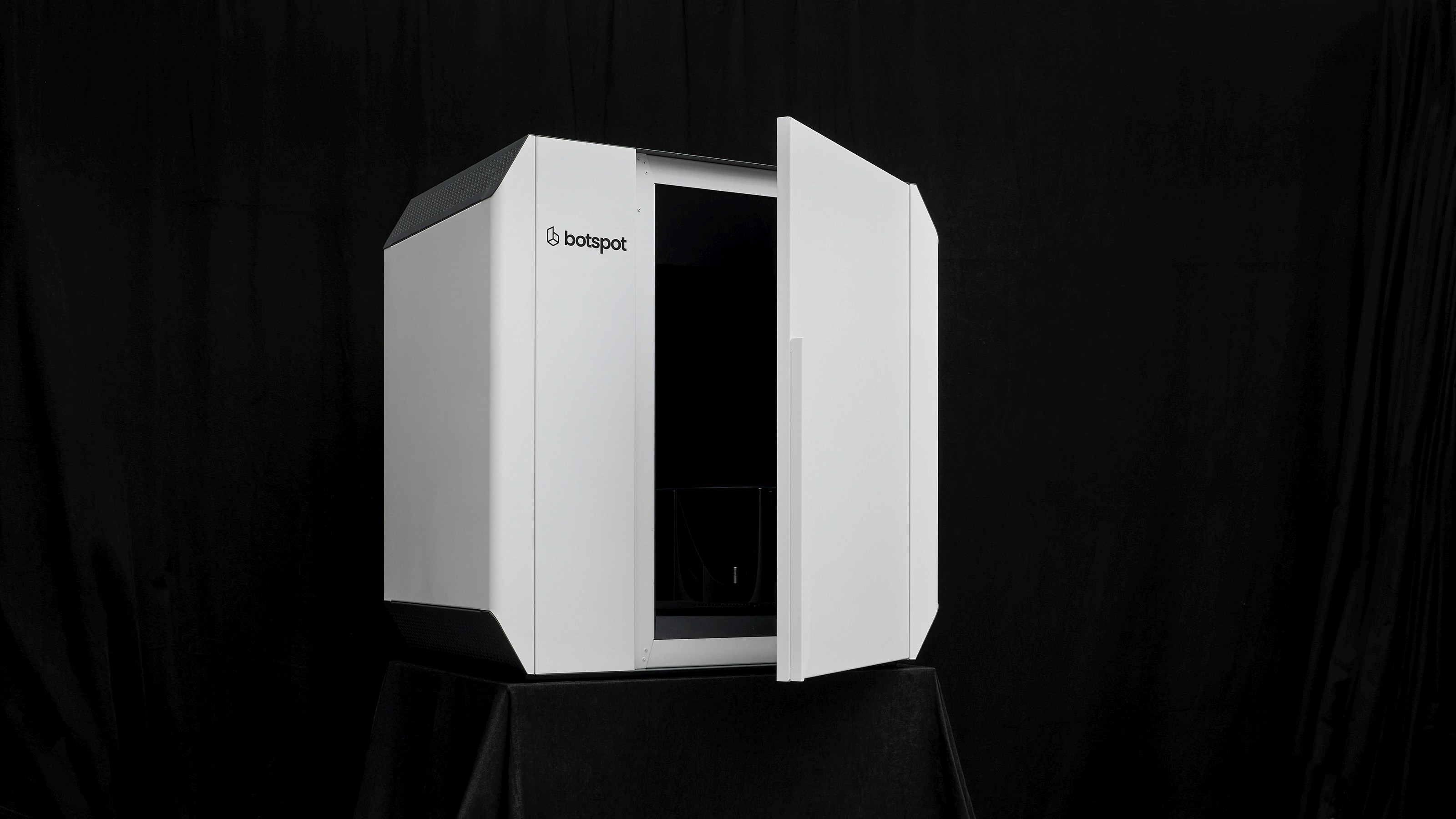Supporting Sustainability
As we navigate sustainability in 2025, industries worldwide are embracing innovation to balance economic growth with environmental stewardship. Among the transformative technologies driving this shift is 3D scanning, specifically through photogrammetry. This process is not just revolutionizing workflows across sectors—it’s also a key player in promoting sustainable practices. From minimizing material waste to enhancing efficiency, photogrammetry is proving indispensable in shaping a greener future. This cutting-edge technology has found applications in architecture, manufacturing, entertainment, healthcare and more. But its role in sustainability is where it truly shines, offering innovative solutions to some of the planet’s most pressing challenges.
Reducing Material Waste
One of photogrammetry’s most significant contributions to sustainability is its ability to reduce material waste. Traditional methods of prototyping, construction and manufacturing often involve extensive trial and error, consuming raw materials unnecessarily. Photogrammetry changes this dynamic. By creating digital twins of products or structures, engineers and designers can test, refine and simulate scenarios without physically altering materials. Additionally, the precision of photogrammetry ensures that resources are used more efficiently, as detailed 3D models help identify potential design flaws or inefficiencies early on. By replacing physical mock-ups with accurate digital counterparts, photogrammetry supports the shift toward more sustainable, resource-conscious practices across various industries.
Streamlining Supply Chains
Sustainable practices are no longer optional in the global supply chain—they are a necessity. Photogrammetry supports this transition by offering unprecedented accuracy and insights into every stage of the supply chain. With manufacturing, companies can use photogrammetry to inspect raw materials and finished products with precision, ensuring quality standards are met while minimizing rejects. By identifying defects early in the process, businesses can avoid the energy and resources required for remanufacturing or disposal. Additionally, detailed 3D models can help optimize packaging designs, reducing excess materials and transportation emissions.
Promoting Circular Economy Practices
The circular economy, which prioritizes reusing, refurbishin and recycling resources, is another area where photogrammetry excels. By digitally capturing and analyzing products at the end of their lifecycle, companies can determine how best to repurpose or recycle components. For instance, automotive manufacturers can use photogrammetry to assess damaged parts and identify those suitable for refurbishment rather than disposal. This approach not only minimizes waste but also reduces the demand for virgin materials, which are often resource-intensive to extract and process. In essence, photogrammetry makes it easier to close the loop and keep materials in circulation.
Empowering Sustainable Design
Sustainable design is about creating products and structures that meet today’s needs without compromising future generations. Photogrammetry supports this goal by enabling designers to work smarter, not harder. With 3D models created through photogrammetry, architects and engineers can test various materials, configurations and designs in a virtual environment. This allows them to make informed decisions about resource usage, energy efficiency and environmental impact before any physical work begins. Additionally, these models can be used for life cycle assessments, helping stakeholders understand the long-term sustainability of their projects.
Conclusion
As we step deeper into 2025, the role of photogrammetry in fostering sustainability continues to expand. By harnessing the power of this technology, industries can reduce their environmental footprint, optimize processes and contribute to a greener, more sustainable future. By reducing material waste, streamlining supply chains, promoting circular economy practices and empowering sustainable design, this technology is proving to be a powerful driver of efficiency and environmental responsibility.









